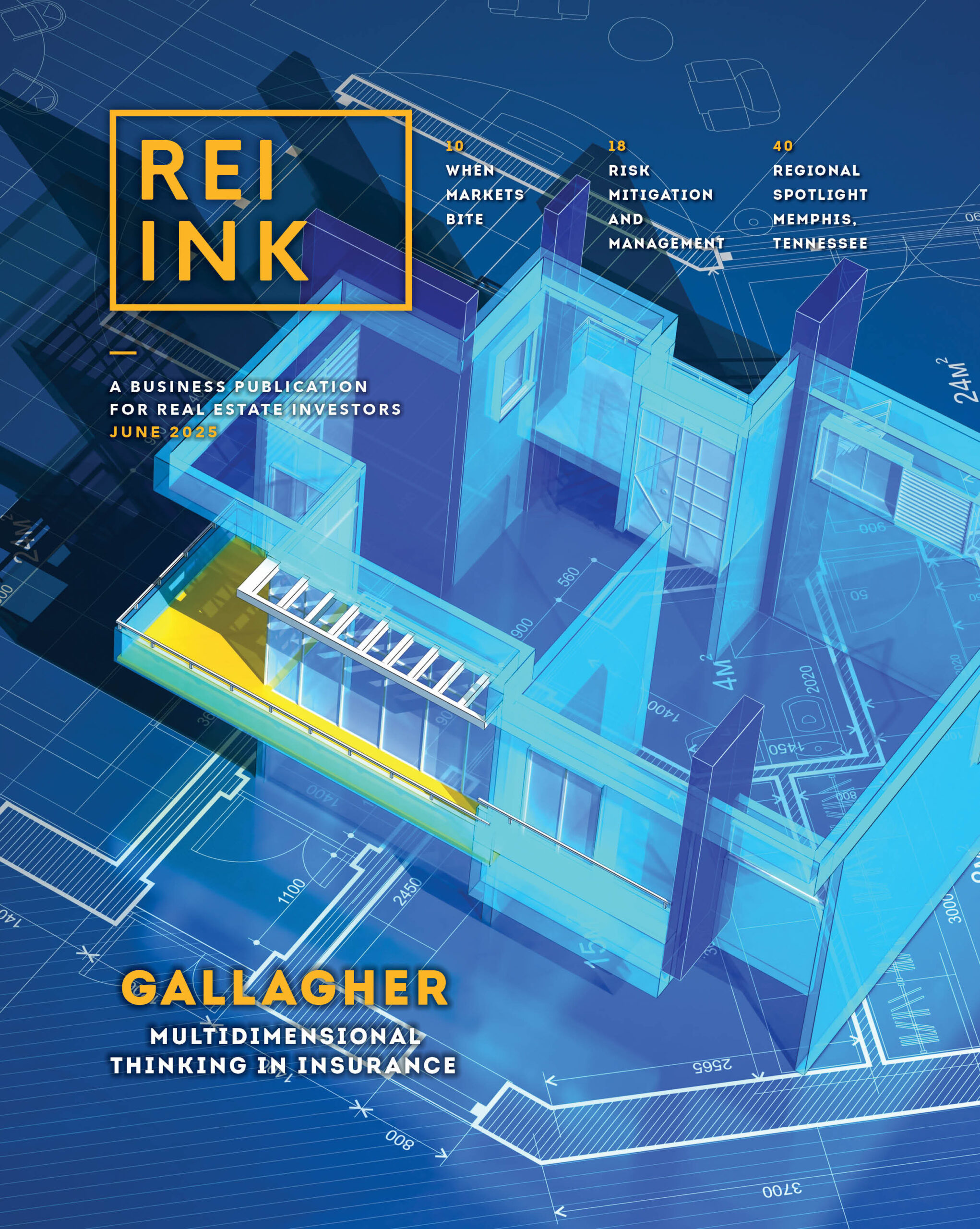The Practical Guide to Leveraging Computer Vision for Real Estate Valuations
by Tony Pistilli
Artificial intelligence is beginning to revolutionize how properties are valued and how valuations are reviewed. Breakthrough technology is becoming available to small and medium-sized private lenders. The benefits are profound, offering accuracy and operational efficiency while enhancing risk mitigation and, ultimately, increased profitability.
For private lenders with skin in the game on every loan, your rigorous collateral valuation and quality control processes are imperative. However, a manual review process of BPOs, appraisals and property condition reports does not allow you to scale efficiently. In addition, incomplete or inaccurate information can lead to faulty lending decisions that put your money at risk.
What if you could implement an automated visual analysis validation that provides intelligence to detect misrepresentations, inaccurate value estimates, and receive data-backed visual insights on every loan? AI-powered computer vision makes this possible.
The Power of Computer Vision in Valuation
Computer vision enables computers to interpret and understand information from digital images or videos, similar to human vision but with far greater speed, accuracy, and granularity. To say that another way: If you can see it, so can computer vision. By analyzing the condition, square footage, quality, amenities, and style, computer vision can identify outliers and non-homogeneous properties. All of this is possible in seconds, saving considerable time.
In a significant industry development, Fannie Mae announced in June 2023 that they have integrated computer vision into their valuation review processes. Fannie Mae found the power of computer vision to be incredibly accurate. An internal study showed that Fannie Mae’s process can identify the accurate property condition with a staggering 98% accuracy rate. Compare this to the traditional “stare and compare” non-computer-vision process, often depending on the individual’s expertise and/or diligence. The difference in accuracy rates underscores a significant advantage of computer vision: its ability to consistently and objectively deliver precise property condition that correlates precisely with accurate values. The underlying tendency is clear: Lenders utilizing computer vision technology report improvements in loan performance, a direct result of more accurate and reliable property valuations.
As private lenders, your loans carry a unique set of risks and rewards: the failure of a loan impacts not just your portfolio but also your bottom line. The accuracy of property valuations and quality control are a priority and a necessity. It is why, as private lenders, you are often at the forefront of adopting best practices for quality control and due diligence.
The Practical Impact of Computer Vision
Traditional valuations may overlook or misjudge property features such as outdated kitchens, the condition of roofing, or even damage within the property. Computer vision, however, can identify these features with a high degree of precision.
For example, you receive a valuation at $500,000. However, the preparer might miss (intentionally or otherwise) damage and misrepresent conditions that computer vision detects. Adjusting the valuation to reflect these findings could save you from a high-risk loan.
The results generated through computer vision can offer incredible insights into trending home features, popular designs, and even regional preferences. This data can be invaluable for you and your investors, ensuring that renovations and improvements align with market demands. Leveraging computer vision helps ensure your investors maximize returns on their investments.
Similarly, when doing fix-and-flip loans, knowing the market value of properties in “as-is” and “as-repaired” condition is crucial. Having access to listing information based on accurate and objective condition and quality observations dramatically improves valuation accuracy.
Increasing accuracy and efficiency of computer vision streamlines operations. For example, integrating computer vision can potentially decrease valuation review time from days to a few hours, significantly reducing operational costs and expediting loan approvals. Computer vision is highly scalable, meaning it takes seconds to analyze one valuation, hundreds or even thousands at a time. When time matters, computer vision can assist in the triage of a large number of properties.
Accessibility for Small and Medium Private Lenders
The adoption of computer vision technology for private lenders is highly promising. Here are three vital considerations of implementation:
Cost of implementation
For small to medium private lenders, several cost-effective solutions available today do not require substantial upfront investment. Monthly subscription services that provide property reports offer flexibility and scalability. Using computer vision is much more efficient and effective than manual processes by humans and much more scalable as volumes fluctuate.
Infrastructure and training
Deploying computer vision technology does not require a complete overhaul of existing systems. Many solutions are designed to integrate through an API with current valuation or loan processing platforms. Solutions are also available through online web-based portals that allow “drag and drop” functionality that accommodates one-off use cases.
Challenges and solutions
One of the main challenges is related to the quality and quantity of image data required for computer vision systems to be optimally effective. Computer vision relies on photos, like you do visually to determine condition, quality, damage detection, features, etc. Without photos, the technology is unable to return usable results. The more pictures the better, and ultimately the more valuable the results. Overcoming this challenge may involve utilizing inspection services with descriptive requirements.
Moving Forward
Computer vision technology is packed with potential benefits for medium-sized private lenders — from faster and more accurate valuations to improving loan performance. The lending industry’s rapid adoption of computer vision makes a compelling case for you to deploy this new technology.
Start small: Test with a pilot program or conduct a proof-of-concept review to try the technology on a single valuation or inspection. Then, plan a larger rollout after gaining confidence and familiarity with computer vision’s benefits.
Adopting computer vision can enhance your competitive edge by providing faster, more accurate, reliable, and more efficient value decisions that ultimately improve profitability. The future of real estate valuation looks increasingly clear: it’s through the visual lens of computer vision.




















